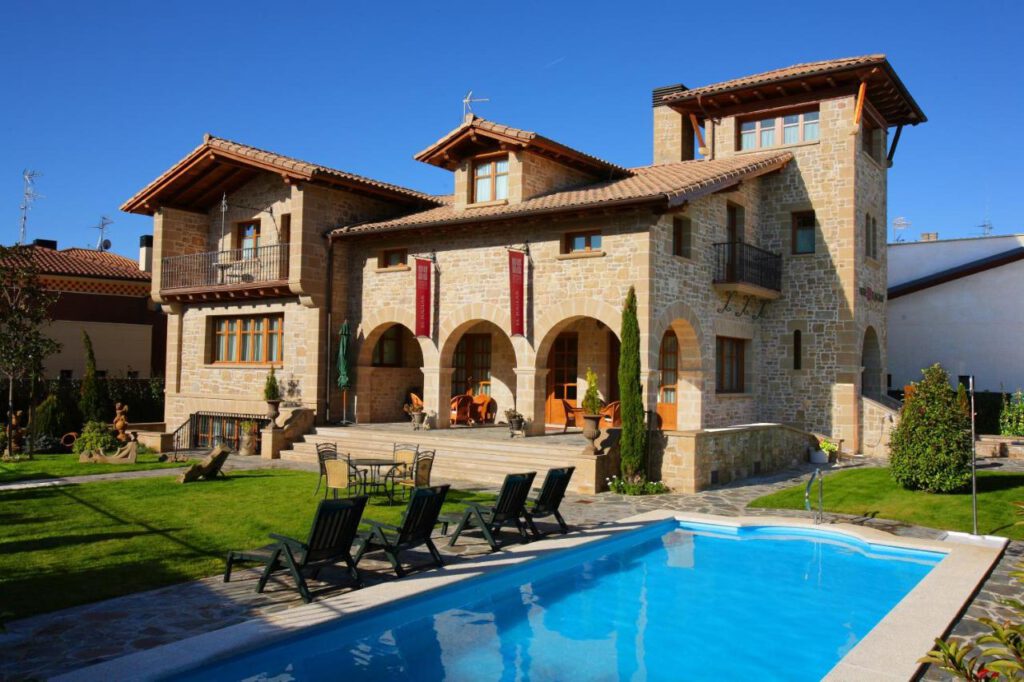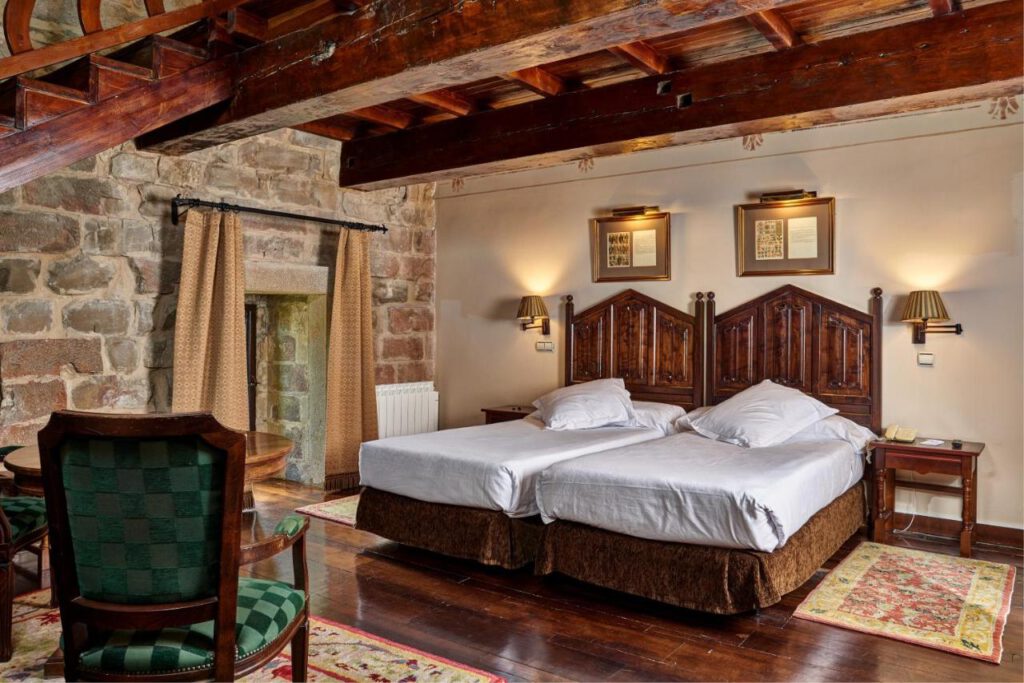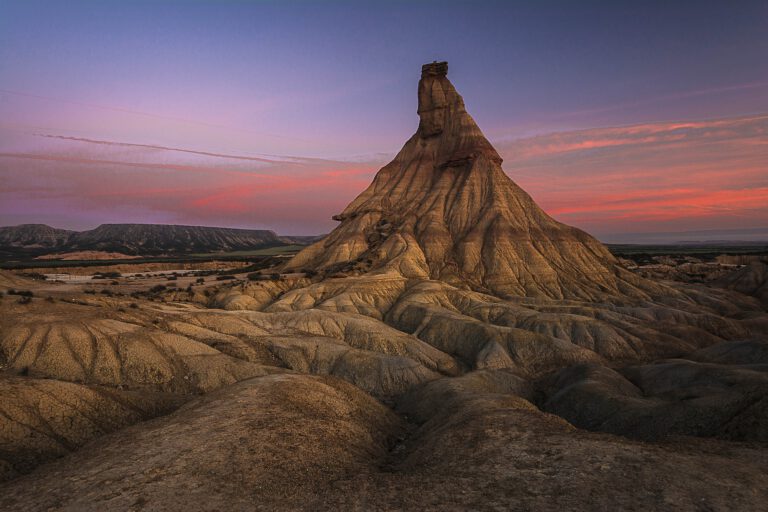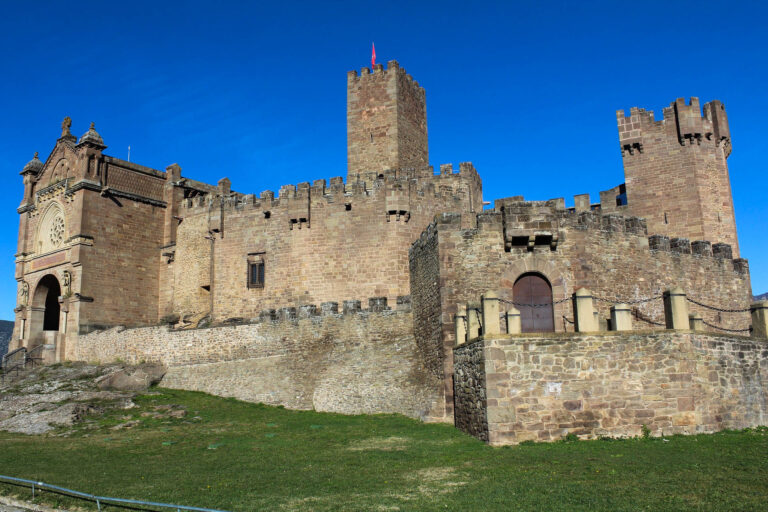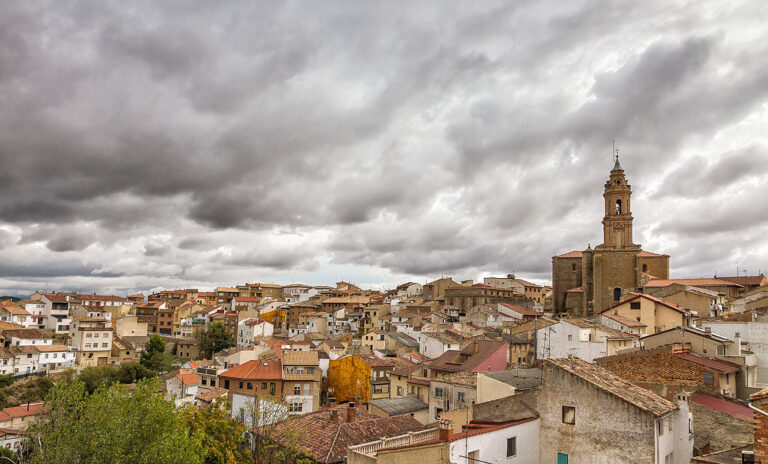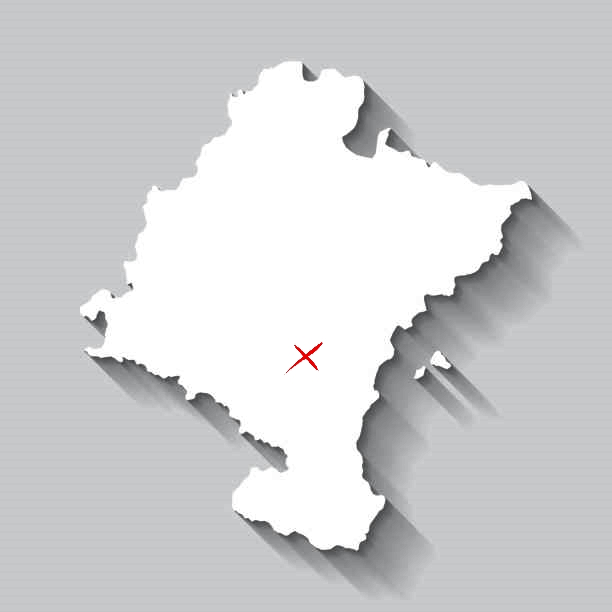Royal Palace of Olite
The Royal Palace of Olite was one of the most luxurious medieval castles in Europe and has served since the 13th century as Royal Palace. In the 15th century a famous king of Navarre decided, Carlos III “the Noble” (Charles III “the Noble”) filled the palace with luxurious amenities. Inside the palace were beautiful stained glass windows, a lion cage, fountains, baths, exotic hanging gardens, and even a giraffe and buffalo. The oldest part of the castle is today a Parador. Paradores are luxurious state hotels situated in beautiful locations and housed in buildings that are part of the Spanish heritage. Paradores are often housed in castles, palaces, monasteries and other monumental buildings.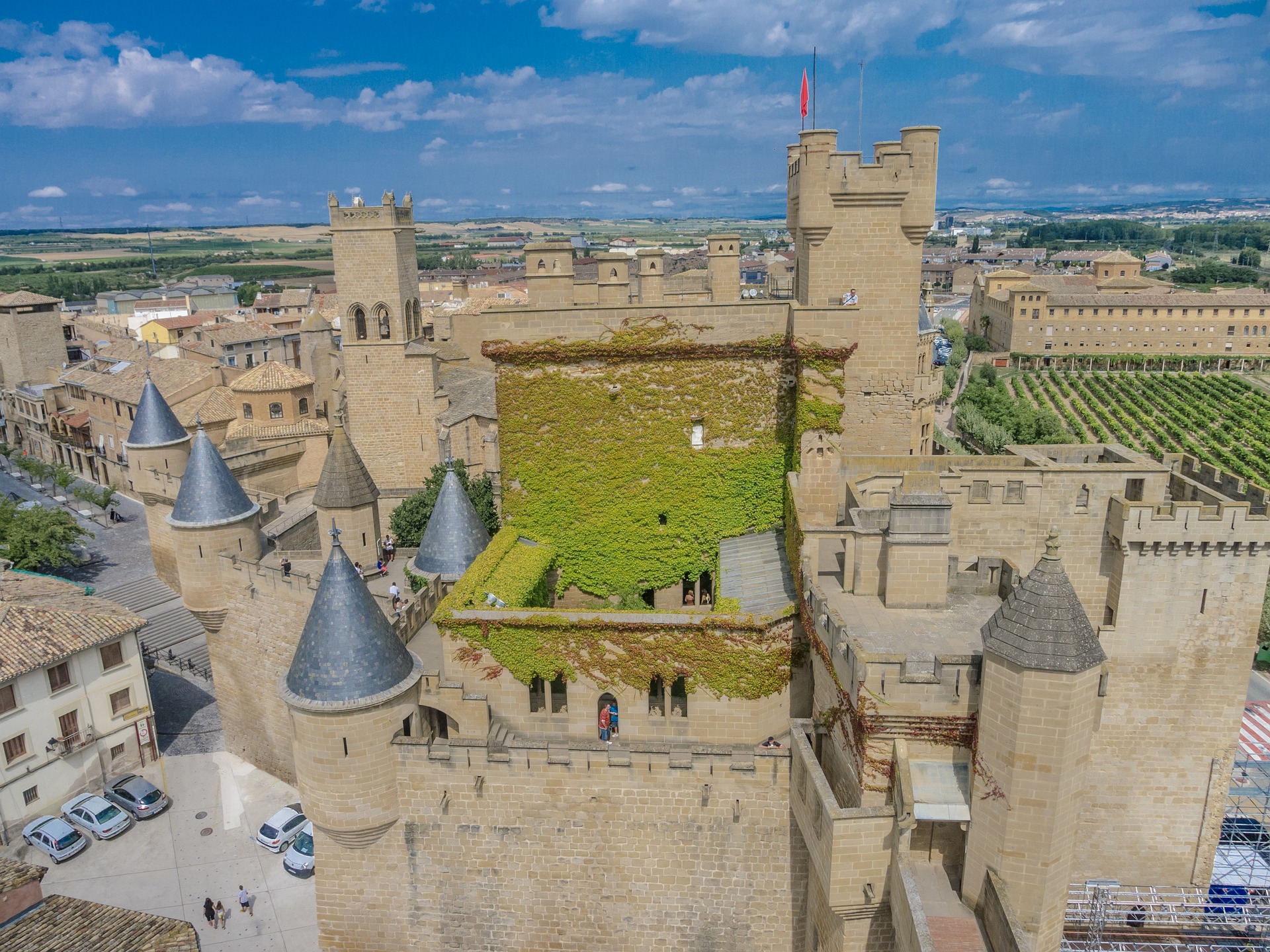
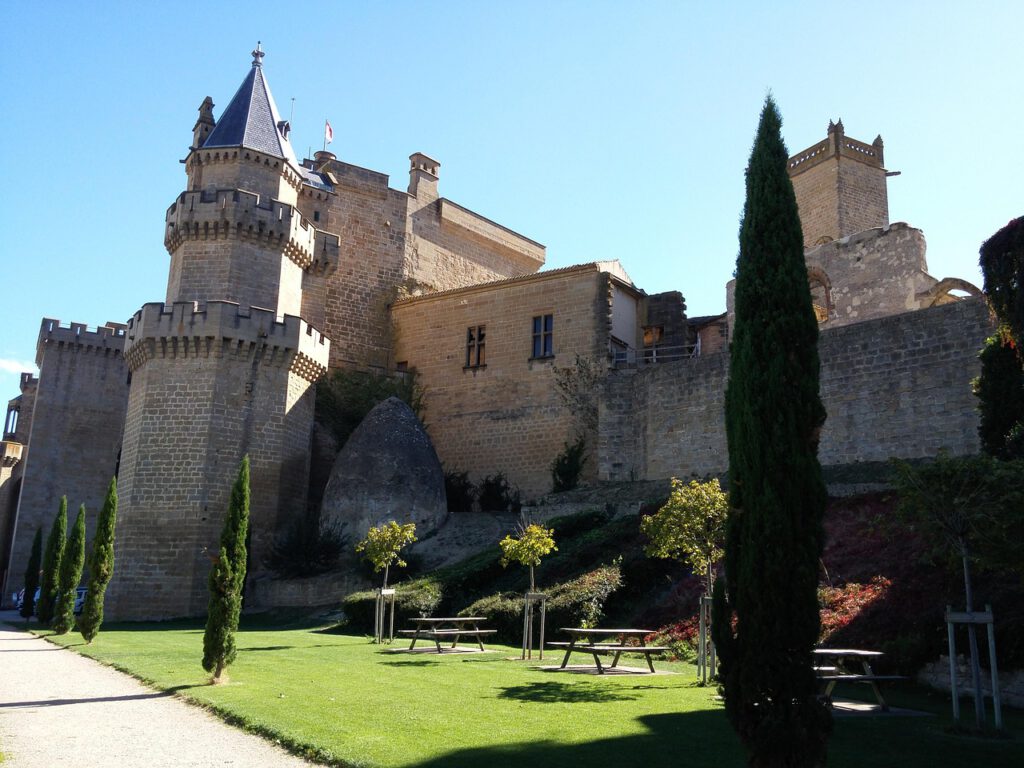
Other places of interest in Olite
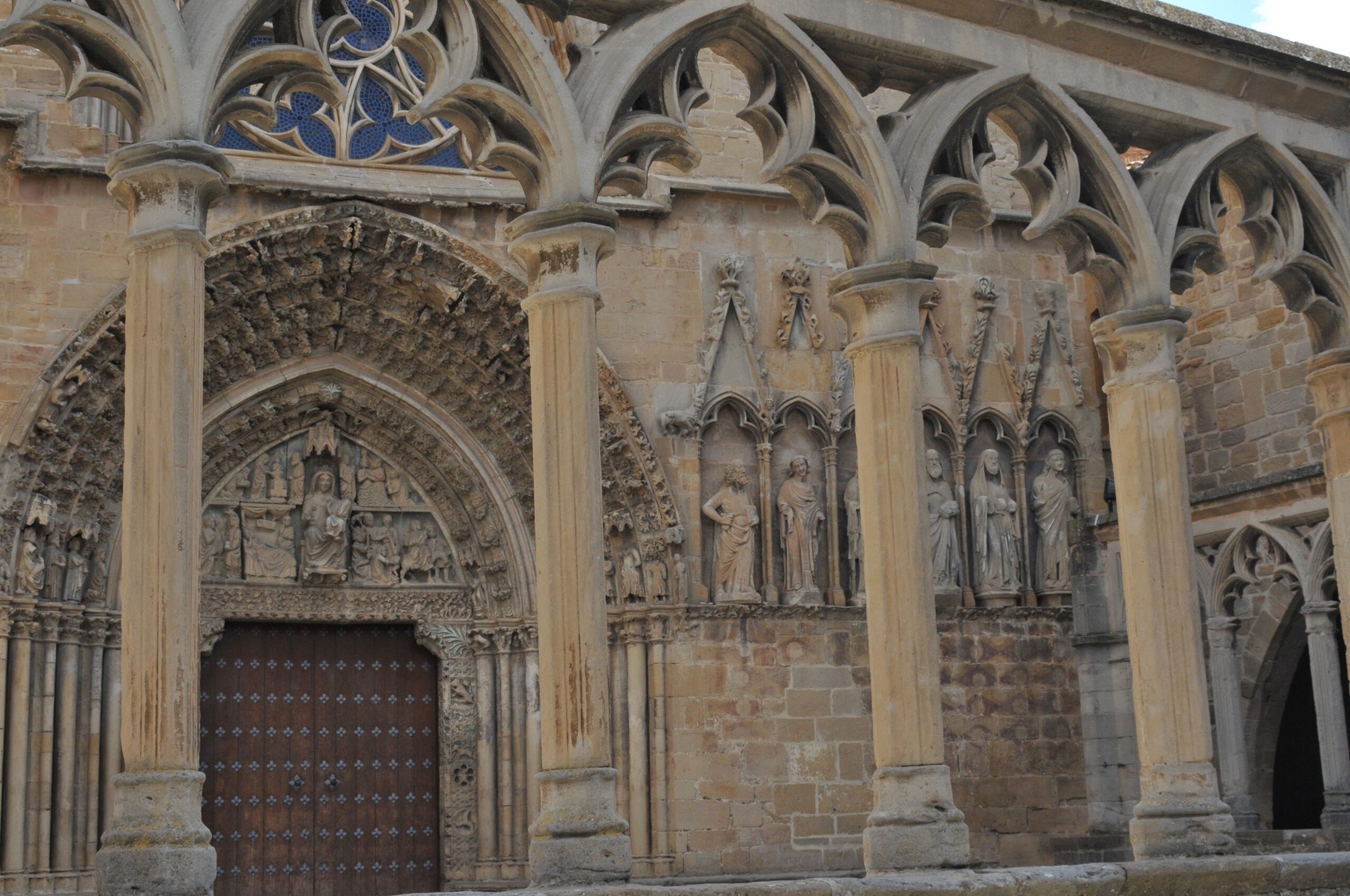
Things to do in Olite
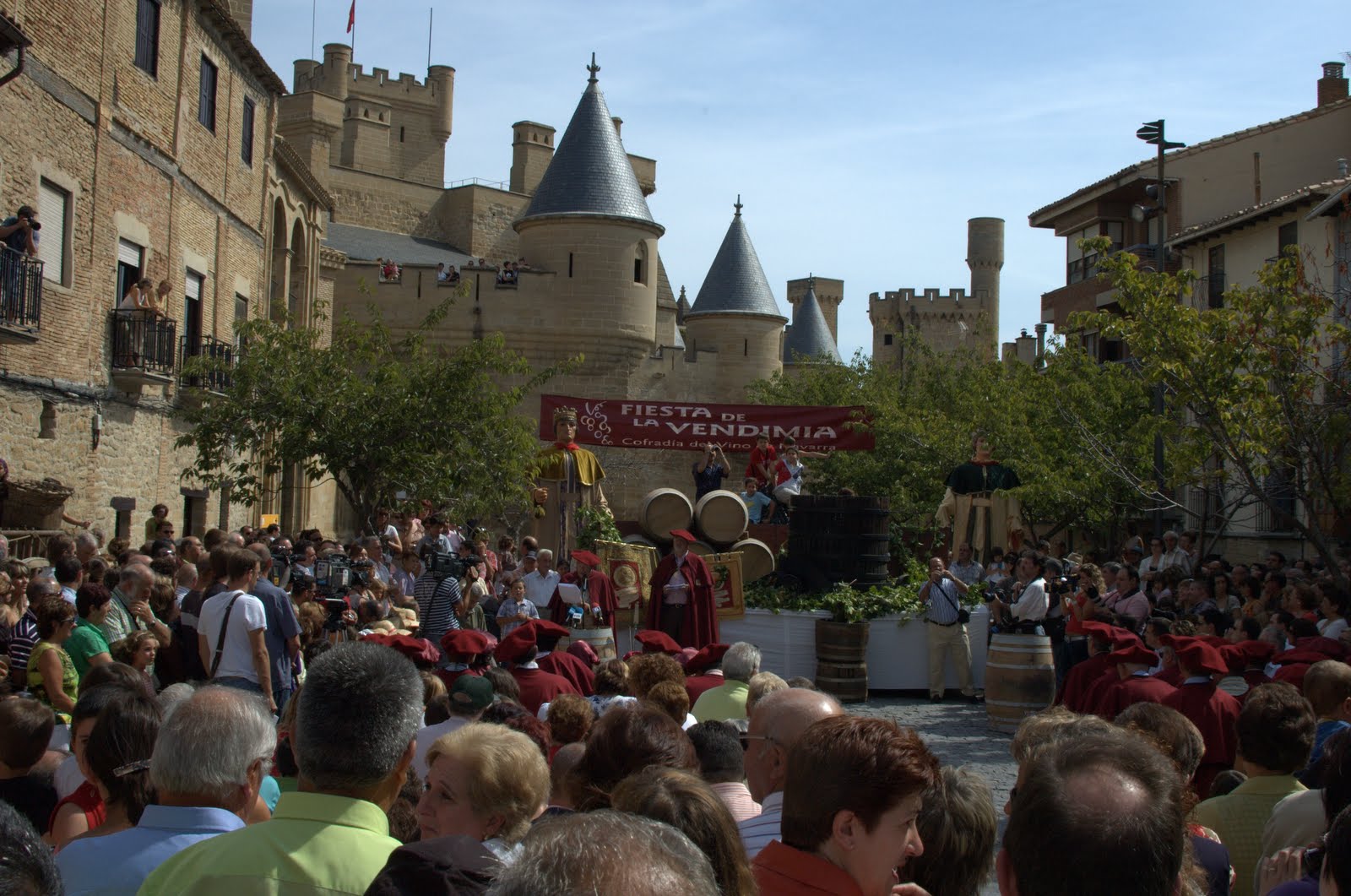
Wineries
Due to the fact that Olite is the wine capital of Navarra, there are numerous wineries. For wine lovers (or those interested), there is the opportunity to visit and taste different types of wine, also known as wine tourism. Some of the wineries that offer tours in English are:- Bodegas Marco Real produces a solid, modern and complementary range of wines through the blend of the different varieties grown in its more than 200 hectares of its own vineyard.
- Bodegas Ochoa is a family winery with traditional practices together with new production techniques. In addition, they always work with grapes that come from their own vines, planted, pruned and harvested by the same winery.
- Bodegas Piedemonte has built up an authentic love for wine over the years, giving it a presence in 22 international markets as well as numerous awards and recognitions.
- Bodegas Vega del Castillo has been around since 1911 and its wines stand out for their freshness, fruit and finesse.
- Bodegas Unsi aims to restore mountain garnacha vineyards to produce quality wines of unique character, valuing a sometimes forgotten autochthonous variety.
Village fair
Every year, from 13 to 19 September, the village festivities take place. During this week, the inhabitants dress in white with red accessories, often with a traditional red scarf. Numerous activities are organised for both adults and children.
The village comes to life, especially in the afternoon, with concerts, inflatables for the kids and a great atmosphere. There is also street music, sometimes a round of bingo and always a good time to get together with a drink. The festivities often last until late at night. It is a week of joy, music, adventure and above all being together.
From September 14th, every morning there is an encierro, the famous running of the bulls. In the evening there is another encierro, followed by the Torico de Fuego (“Bull of Fire”), a special version for children. They run ahead of the bull and have the greatest fun.



